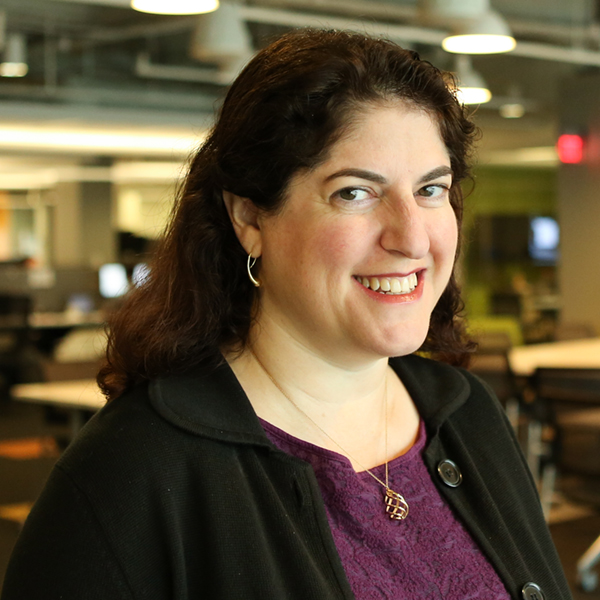Courtesy of Harvard Business Publishing, we have a limited number of free electronic reprints of the complete article, "Galvanizing Philanthropy" as it appeared in Harvard Business Review.
Related Content
Executive Summary
Creating lasting environmental, social, and economic change requires discipline—a concept with which many foundations, grant makers, and committed wealthy individuals (well-intentioned as they may be) have traditionally struggled. Exempt from the accountability imposed on business by the markets or on government by voters, philanthropy is free to experiment and take risks. But with few external parties offering candid feedback or calling them to account, philanthropic investors (and their boards) have had insufficient experience objectively assessing their own performance and making hard decisions about programs and people. The consequences of this inability to optimize resources and organizational outcomes are even greater in the current economy: Foundation assets that collectively once topped $680 billion have dropped by 20 percent to 40 percent from their highs in 2007. Many philanthropic investors are dissatisfied with how much social change they've been able to create; they're helping fewer children and families than intended, or influencing climate change less than they'd hoped. Most of the 75,000 foundations in the United States (like their counterparts worldwide) know they must change, but they're not sure how.
In our experience, developing a philanthropic strategy is an iterative process, regardless of the economic climate. It requires the internal discipline to ask—and rigorously answer—three fundamental questions: How do we define success? What will it take to make change happen? How can we improve our results over time? We think of this process as getting clear, getting real, and getting better. In the following pages we'll explore how leaders at the James Irvine Foundation, the Bill & Melinda Gates Foundation, the Annie E. Casey Foundation, the David and Lucile Packard Foundation, and the Edna McConnell Clark Foundation have wrestled with these questions, made tough decisions, and dramatically increased the effect they've had in their communities and globally. They share a commitment not just to finding promising grantees and declaring victory in their annual reports but also to maximizing their impact. And although they are large, well-established institutions, the lessons they've learned apply to any philanthropic investor or organization hoping to create significant, lasting change.
Getting Clear: How Do We Define Success?
In philanthropy there is rarely a "right" answer to the question "What should we be doing?" Philanthropic investors can’t make new investments, however, without setting boundaries around what to fund and defining success within them. Thus it's useful for leaders to select a few strategic anchors—the people, problems, places, pathways, or philosophies that they really care about—and use them to guide subsequent decisions about programs, initiatives, and grantees. To further clarify their goals, philanthropic investors need to consider both hard evidence (what do we know?) and softer values and beliefs (what do we care about?).
The James Irvine Foundation did just that several years ago, when it undertook its first comprehensive strategic-planning effort in more than a decade. Its leaders continued to embrace the broad mission that had been set by the real estate magnate James Irvine in 1937: to promote the welfare of the people of California. Over time, however, this inspirational statement of purpose had led to a sprawling portfolio of grants, and the foundation’s leaders had come to recognize that it was far too open-ended to be useful in making program and funding decisions. To decide where the foundation could have the most lasting impact, they commissioned research on a broad range of issues facing Californians, including education, health, and the environment.
The senior team was soon awash in data. Some findings leaped out—the significant challenges facing California's youth, for one. But given the magnitude of the state’s needs, the team quickly realized that numbers alone could justify a large variety of funding decisions. So it homed in on three critical organizational values: addressing root causes rather than crises; enabling Californians to help themselves; and working on problems that might attract like-minded partners or funders. Guided by both values and data, the team selected youths aged 14 to 24 as the primary beneficiaries of its funding, and education as the primary lever for change. Saying yes to those criteria meant exiting other investments in, for example, civic culture and sustainable communities. It was a difficult choice.
The Irvine Foundation had to make some hard decisions: What, for instance, should it do about its long-standing commitment to the arts? The arts did not emerge from the data as a critical challenge, but decades of investment there had given Irvine unique assets in the form of reputation and relationships. Furthermore, its exit would have a disproportionately harsh impact on the field. So the foundation’s leaders continued arts funding, albeit at a much lower level.
The Pacific Northwest Initiatives (PNW) team at the Bill & Melinda Gates Foundation faced a different challenge in refining its strategy for combating homelessness among families in the Puget Sound region of Washington State. From 2000 to 2007 the foundation's Sound Families Initiative, a $40 million public-private partnership, developed 1,500 affordable housing units with on-site support services. Its investment prompted another $200 million in funding from other sources. Nevertheless, the number of homeless families in the region didn't drop significantly. The PNW team began a strategic analysis to understand why.
Copyright © 2009 Harvard Business School Publishing Corporation. All rights reserved. If you are interested in receiving a free copy of the full article, please email [email protected]



